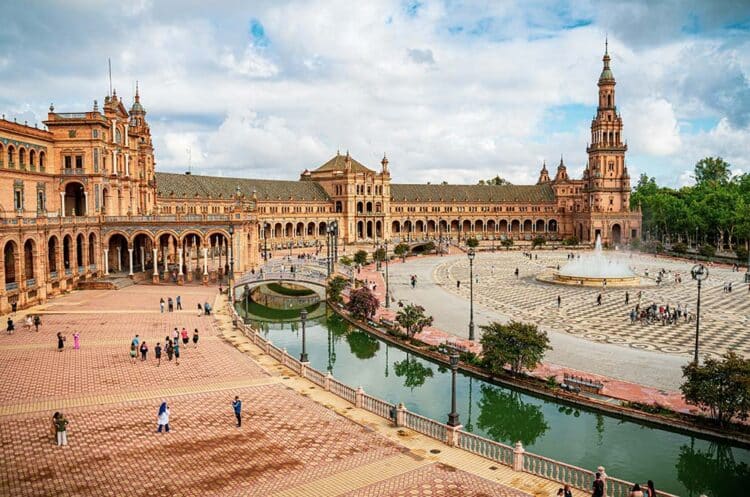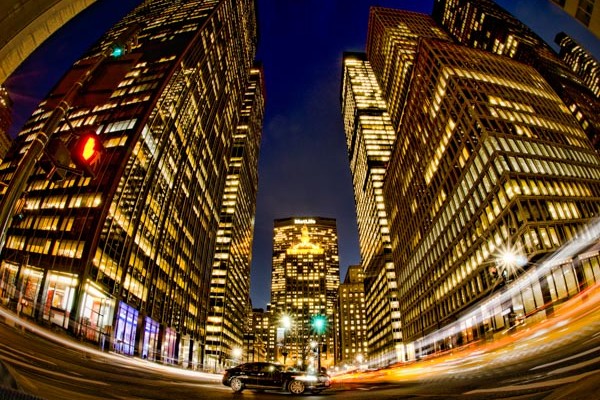See Seville Like a Local With These 5 Hidden Spots
Seville is a city that leaves you breathless. Its culture, food, people, and climate make this place unforgettable, but the real magic lies in the architecture. Beyond Alcázar and the Cathedral, this city reveals hidden channels, forgotten palaces, and hidden passageways that rarely see the light in the guidebooks.
For travelers who like to explore more, these five locations are perfect places for a richer view of the city’s past.

Why Choose Seville?
This city has a wonderful blend of culture, atmosphere, and history. The Gothic cathedral, flamenco rhythms echoing through streets, wonderful buildings, and narrow streets bring soul to this place. It’s walkable, authentic, and it’s ideal for anyone who wants more than just sightseeing. Seville has so many rewards for anyone curious, whether that’s food, traditions, or architecture. There’s something for everyone.
One of Spain’s most iconic cities – Seville – captures the passion and warmth of the country’s rich history and heritage, and its lively spirit. The best time to visit Seville is considered to be during spring or fall, especially because of the mild weather, and it is walkable without the summer heat.
Local Secrets to Seville’s Soul
Locals are at the heart of this city. They carry stories, legends, and traditions that are often not mentioned in guidebooks. Knowledge and personal experience reveal the genuine spirit of Seville. Small hidden pieces, centuries-old buildings with an associated tradition, offer authenticity to tourists.
Understanding the beauty of Seville’s history and culture better comes from getting to know locals. The chance to hear legends, tales, and have a way more authentic experience goes up if you go to high-quality, curated private tours.
When in Spain, Seville private tours will always prove better than regular ones because not only do they work extra hard to stand out and get great reviews, but you can likely also ask them for a bit extra in terms of questions/answers, them showing you more of the city, or perhaps something that they don’t usually show, etc.
Plus, experiencing Seville’s dynamic festivals, such as Semana Santa, Feira de Abril, offers a glimpse into its traditions and community spirit.
Santa María Magdalena Church
This baroque church is near the Guadalquivir Riva. The church was built in the late 1600s and is a magnificent example of Andalusian Baroque.
If you’re looking at the church’s interior, the gold-and-red altarpieces paired with the frescoes are simply stunning. A lot of visitors on private walking tours are surprised to learn the fact that this church was used for royal baptisms a long time ago.
It’s an authentic example of how Seville’s architecture reflects the transformation from Islamic to Catholic styles after the Reconquista.
Convento de Santa Paula
Many convents are closed to the public in Seville, but Santa Paula opens its doors by appointment and on certain days. The convent was built in the 15th century with a mix of Gothic and Mudéjar elements. It has a beautiful brick facade on the outside and a peaceful courtyard inside.
There’s a renaissance altar and a small museum that offer a glimpse into how devotional/sacred objects are shaped by art and design. Here, the nuns make their own marmalade and sweets, a fact that private tour guides used to connect with Seville’s architecture and traditions.
The secret of this traditional marmalade has been kept for centuries and generations.
Casa de Pilatos
Casa de Pilatos was created by combining Gothic, Renaissance, and Roman styles in the 15th century.
For tourists, the courtyards, Roman sculptures, and intricately tiled rooms are truly a sight to behold. One word: speechless. A private guide can help you interpret all the inscriptions, styles, and all the many symbolic meanings, plus other interesting facts that introduce the history of this building.
This elegant place is known as the small Alcázar because of that specific, rich detail and layout.
Hospital de los Venerables
The incredible Baroque-style building includes courtyards, an ornate chapel, and a library from the 17th century. There are also works by Diego Velázquez and occasional art exhibitions. This building was used for retired priests who found themselves in difficult times. Therefore, the tranquility of the courtyard and the building itself is a source of peace and healing.
Private guides can reveal various stories and hidden corners and organize special access to many areas. The idea is for visitors to feel that peaceful atmosphere and artistic treasures.
Palacio de la Condesa de Lebrija
This 16th-century villa along Calle Cuna blends in perfectly with the row houses from the outside – but inside the house… there’s a whole museum of Roman mosaics dating all the way back to the 2nd century.
In the early 1900s, the Countess of Liberia dug up and transported Roman mosaics from all over Spain to her home. The passionate archaeologist painstakingly excavated them, moved them, and reassembled them piece by piece.
A mix of Renaissance details and Arabic arches shows the layers of Seville’s past in one building.
Conclusion
Every palace here has a story, from secret churches to Roman mosaics, centuries-old tiled patios, and many others. Seville is also the oldest royal place still in use, which brings extra charm to its wonderful traditions and history.
Locals help keep those stories alive and important for their lives, not just for their own heritage, but for curious travelers who come to see the city’s hidden gems.
EXPLORE SOMEWHERE NEW
BUY A PRINT
All photos on this site are available as limited edition fine art photographic prints. Please get in touch for sizes and rates.


